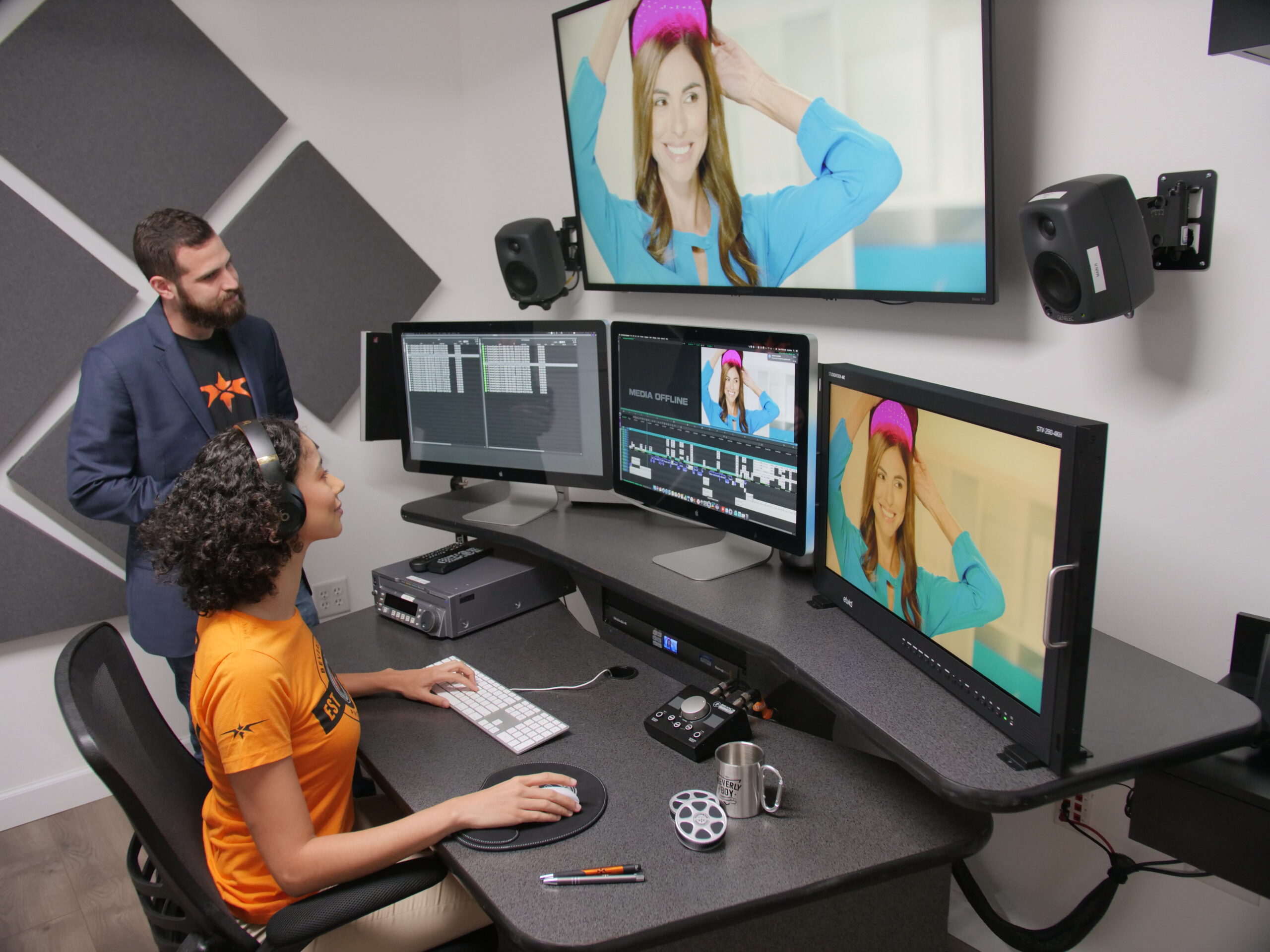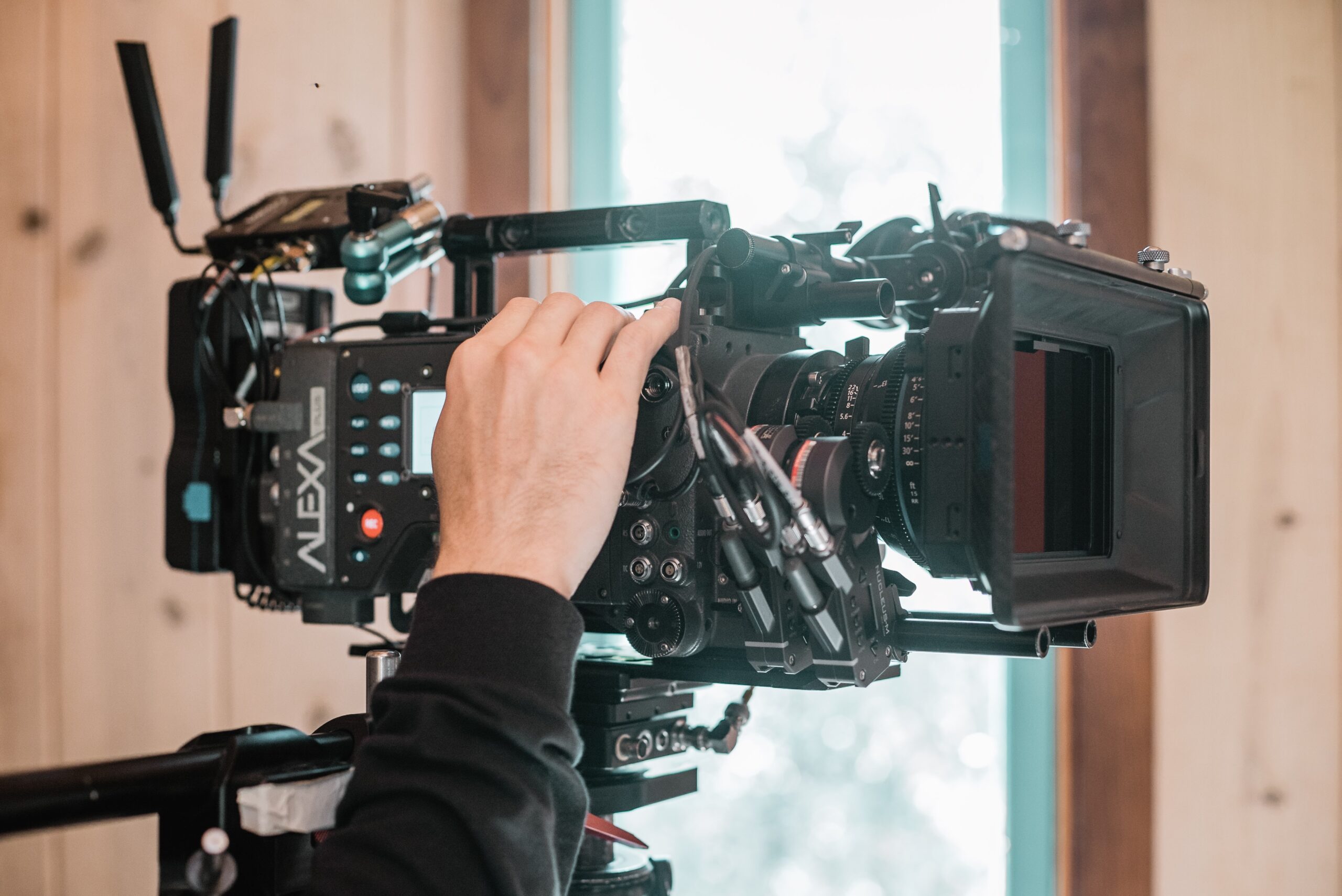What Does Underscoring Music in Film Mean and How is Underscore Achieved?
As all of the visual and audible elements of a film begin to come together it becomes evident that certain sounds are important to creating the desired finished effect. For many films, the goal of additional music is to create scenes that the audience can become immersed in, for which they will almost forget that they’re watching a movie and instead feel a strong connection to the environment and the characters involved. Underscoring music in film helps the filmmaker to achieve the desired audience connections to the scene, but what does underscoring mean and how is underscore achieved?
WHAT DOES UNDERSCORING MUSIC IN FILM MEAN?

Underscoring music in film essentially means incorporating music that accompanies the scene with the dialogue. If you think of underscoring music in film as the sound that occurs under the main dialogue or overall noises that makeup a film, you’ll be able to easily remember how it works. Essentially, the underscore are the sounds that you hear under, or quietly playing out alongside the dialogue and other notable audio within the scene.
Underscoring music in film essentially means playing music quietly, under, or in the background of the scene. The underscore is used to set the tone for the scene and to help the audience feel more connected to what’s taking place or about to take place. It might make you laugh or cry and it could even make you scared. Sometimes underscoring will not cause the audience to really have any definitive thoughts but it’s there to create balance to the scene.
WHY IS UNDERSCORE IN FILM MUSIC IMPORTANT?
Think about any film that you have watched and carefully consider the music involved. Now think about any movie you love and what it would be like if there were no music. Would be it engaging? Would it be emotionally driving? Would you even stay interested in it? Probably not!
Underscoring music in film is important because it can be used to create a desired theme or to otherwise establish a particular mood among the audience. Generally, the underscore creates the total overall connection that helps the audience to emotionally sense what’s going on or about to go on.

IS UNDERSCORING AND SOUNDTRACK THE SAME?
You might be thinking that underscore and soundtrack are the same, but they’re not. The underscore represents the instrumental background music that is created to compliment that film whereas the soundtrack will be made up of the most prominent songs, and lyrics, that were produced for the film specifically or for which rights were purchased in order to include them in the film.
The difference between underscore and soundtrack is primarily about the overall level of power the music has and the message it sends to the audience. Underscore serves to intensify the emotions and feelings that are created through the dialogue and the visuals already occurring on screen. Soundtrack represents more of a selection of songs that are picked out in order to be featured in a film.
Basically, the underscore is going to include a variety of sounds and songs that play out during the course of a scene or within a film and could be included in the soundtrack but not all underscore will be part of a soundtrack. Likewise, soundtrack is a set of chosen music that may include instrumentals, occasional dialogue, and a variety of other music options which are played throughout the film and are then selected for the movie.
Soundtrack includes:
- Dialogue
- Score
- Songs
- Sound effects including foley
HOW IS UNDERSCORING MUSIC IN FILM ACHIEVED?
Underscoring music in film, or incorporating the background music, is an important step towards the use of music in order to drive audience emotions. In order for film underscores to be produced, the film composer will generally watch the entire film with sounds such as dialogue and any immediately chosen music included. The composer will create a musical score sheet in which he or she will note any needs or preferences that are brought forth by the director or anyone else involved in this phase of the post-production editing.
When the director and the film’s composer meet to determine film score needs the process is called spotting the film. Spotting is the unique process of watching a film, scene by scene, as it unfolds and making notice of any desired music that should be incorporated into the film. Spotting takes time, patience, and creativity. The composer will take notes as the film is watched. They note any direct requests from the Director or other film crew members and they also make their own recommendations as to where additional score might be useful to building the emotional connection between the audience, the film and its characters.
While spotting the film, the composer is also taking notes on things like tempo, themes, and various other pertinent details about the scene or shots that the music will support. Remember, underscoring music in the film represents the integration of film background music that is complementary and supportive of the existing themes and underlying roles of the scene unfolding on the screen. Thus, the composer is going to take steps to ensure the underscore has the appropriate tempo, sound balance, volume, and placement in order to add value to the scene. This is how underscoring music in film is achieved.

